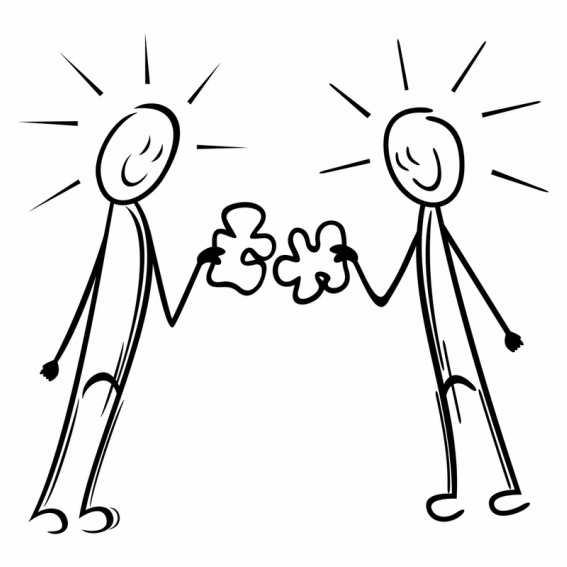
The Blame-Avoid Cycle is an offshoot of the distanced-pursuer dynamic that is common in partnerships. The pursuer tends to blame while the avoider evades being blamed by withdrawing.
Without being checked, these cycles can snowball and rigidify, each person setting off the other while strengthening their respective positions. Say Brian has a habit of blaming and criticizing Susan, she will feel hurt and angry from his constant attacks. Susan will probably go into her shell, avoiding him in order to get away from the blame. But Brian participates in the blame cycle because he covers up his more vulnerable feelings by criticizing her. Underneath the blame, he has likely been feeling neglected by Susan for some time now. He probably feels alone, frustrated, and rejected by her withdrawal.
So which comes first, the chicken or the egg? Neither – each partner’s participation in the dynamic feeds off the other, creating a balanced, but steady intensification of the cycle.
There are plenty of assumptions at play here. Brian believes that Susan’s withdrawal is rejection; he may wonder if she loves or finds him attractive anymore. Susan, on the other hand, feels bewildered, confused, and helpless because it seems that whatever she does is not enough. In her mind, she gets criticized and attacked no matter what. She avoids Brian further because she doesn’t know how to make him happy.
Gaining understanding of the feelings beneath each partner’s reactions can soften respective positions. This creates more empathy, less reactivity, and ultimately a turn-around of the negative cycle. Once the cycle softens, there is room for awareness and self-responsibility. For example, by listening to his/her partner’s feelings, the blamer begins to realize that the avoider actually just feels helpless and afraid – attack is actually part of what is driving him or her away. The avoider understands that the blamer is actually just craving contact and validation, that he or she longs for connection but is expressing it poorly. This begins to shift the position of the avoider, who can begin to take risks by being more open and assertive. This is an obvious but initially scary way of making clear contact with the pursuer.
From this, trust has a chance to build – the pursuer blames less because there is more contact from the avoider who is now speaking up more. Positive cycles begin to form and the relationship regenerates trust and connection once again.


